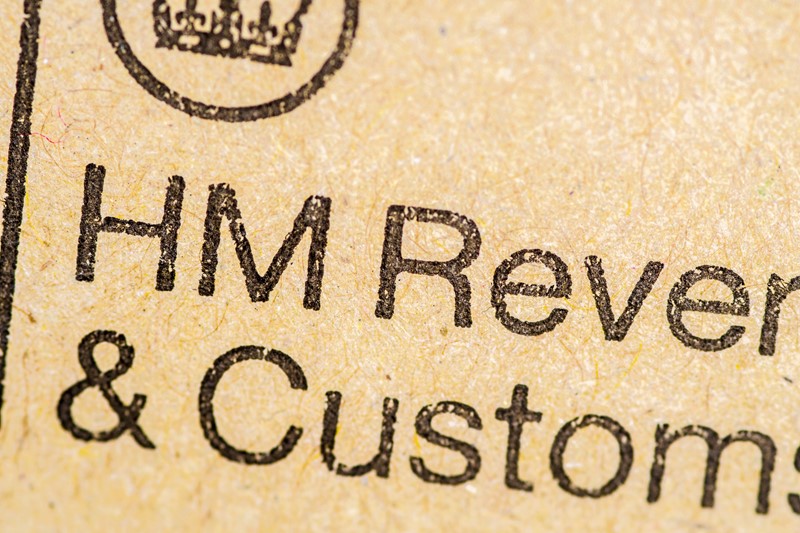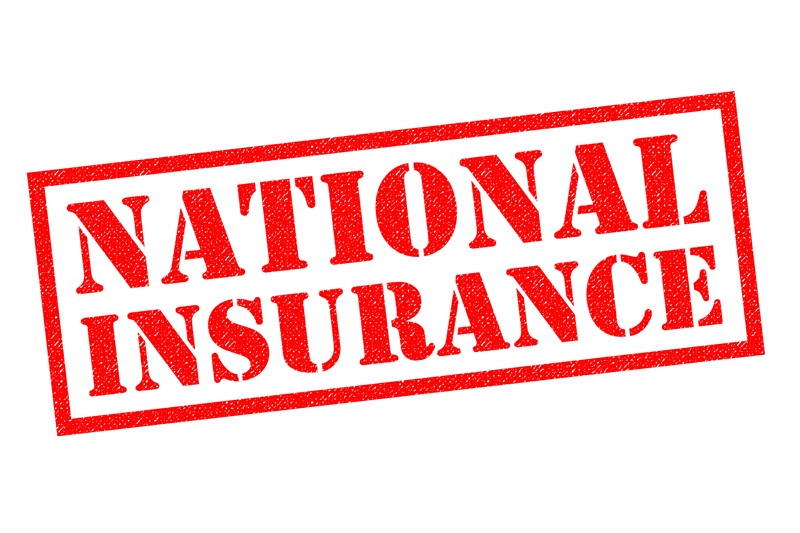Employers must ensure they are paying staff at least the National Minimum Wage (NMW) or National Living Wage (NLW). The NMW and the NLW are the minimum legal amounts that employers must pay their workers.
HMRC’s guidance states that there are different ways of checking that workers get the minimum wage depending on whether they are:
- paid by the hour (known as ‘time work’);
- paid an annual salary, under a contract for a basic number of hours each year (known as ‘salaried hours’);
- paid by the piece – the number of things they make, or tasks they complete (known as ‘output work’); and
- paid in other ways (known as ‘unmeasured work’) once you know how many basic hours you can calculate if they are being paid at least the minimum wage to which they are entitled.
There are penalties for employers that are found to have underpaid their workers and, in some cases, there may be criminal prosecutions. The NLW is the minimum hourly rate that must be paid to those aged 23 or over. The rates for the period from 1 April 2022 – 31 March 2023 are as follows. The rate for the NLW is £9.50. The hourly rate of the NMW (for 21-22 year olds) is £9.18. The hourly rate for 18-20 year olds is £6.83 and the rate for workers above the school leaving age but under 18 is £4.81. The NMW rate for apprentices is £4.81.
If an employee has been underpaid, the employer must pay any arrears without delay. There are penalties for non-payment of up to 200% of the amount owed. The penalty is reduced by 50% if all of the unpaid wages and 50% of the penalty are paid in full within 14 days.
The maximum fine for non-payment can be up to £20,000 per employee and employers who fail to pay face up to a 15-year ban from being a company director as well as being publicly named and shamed.










